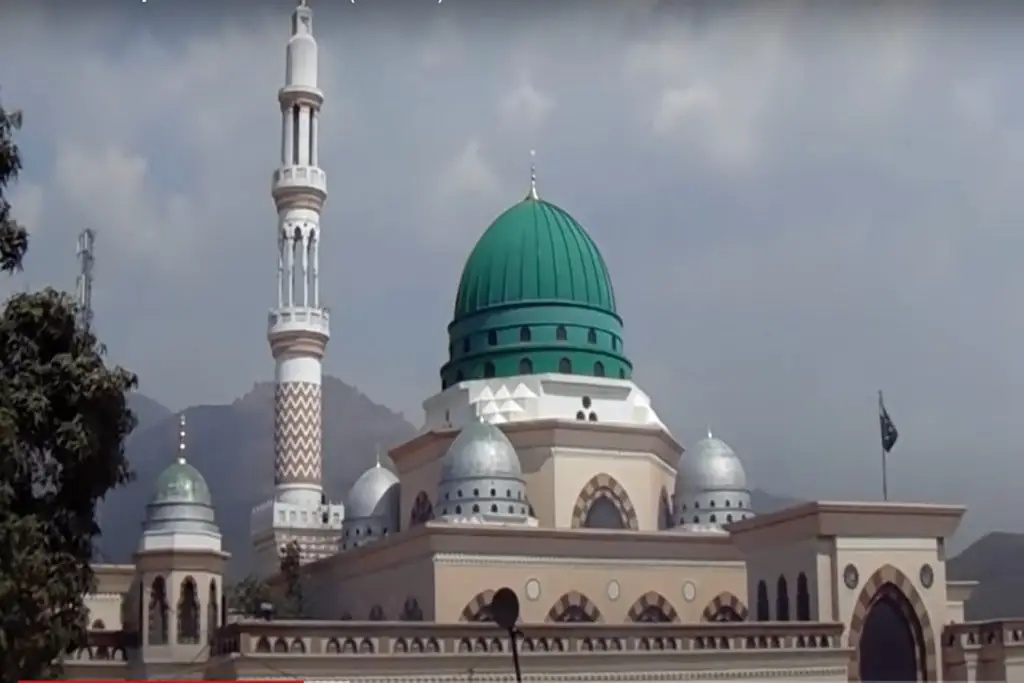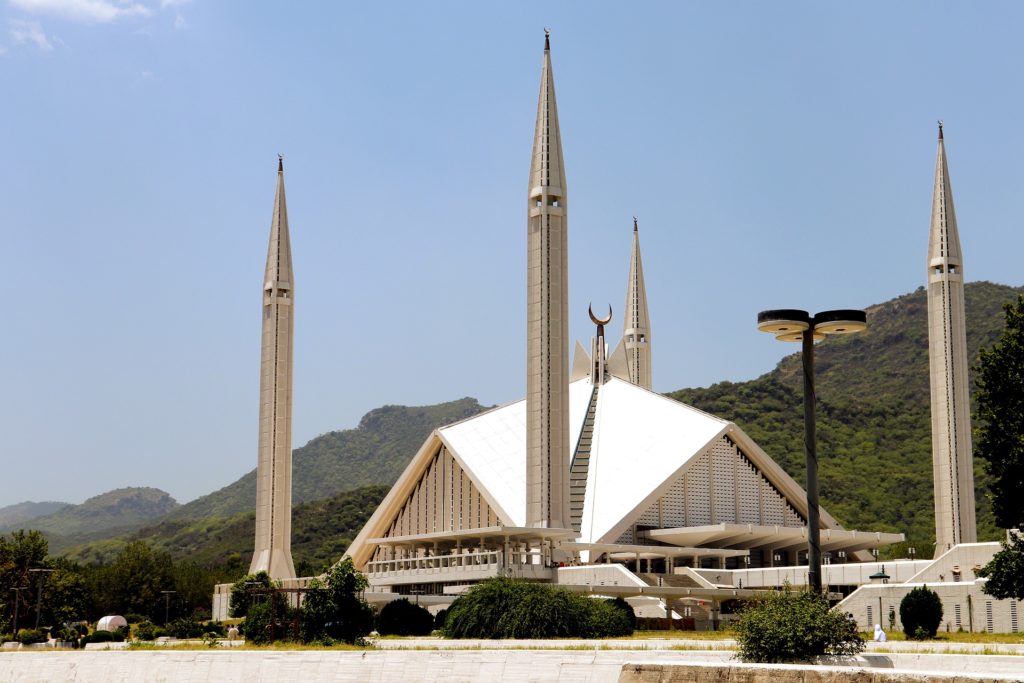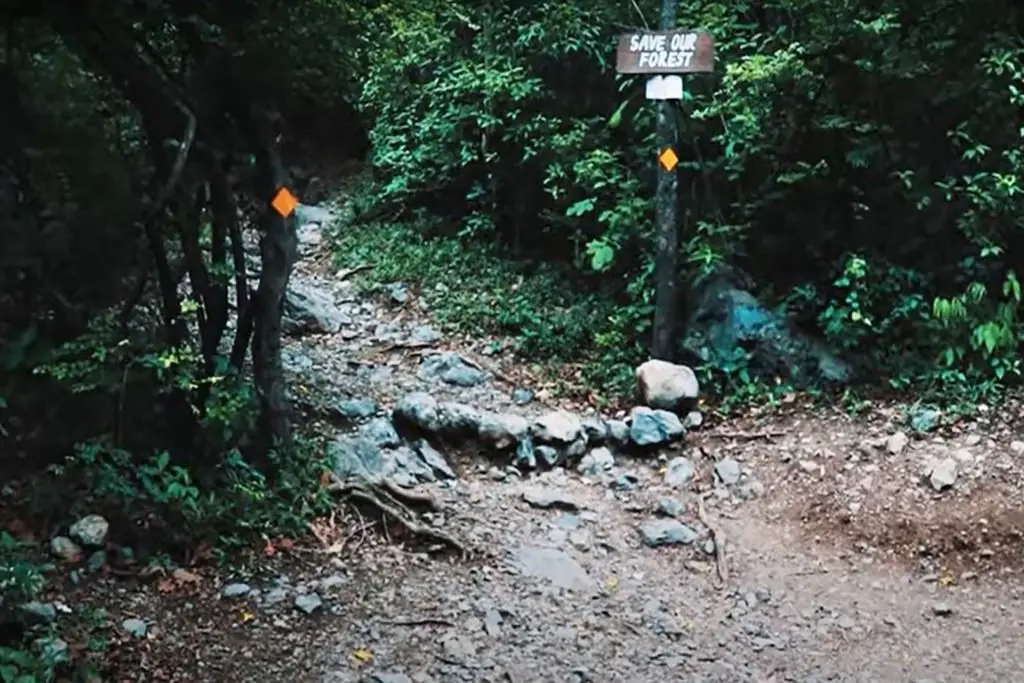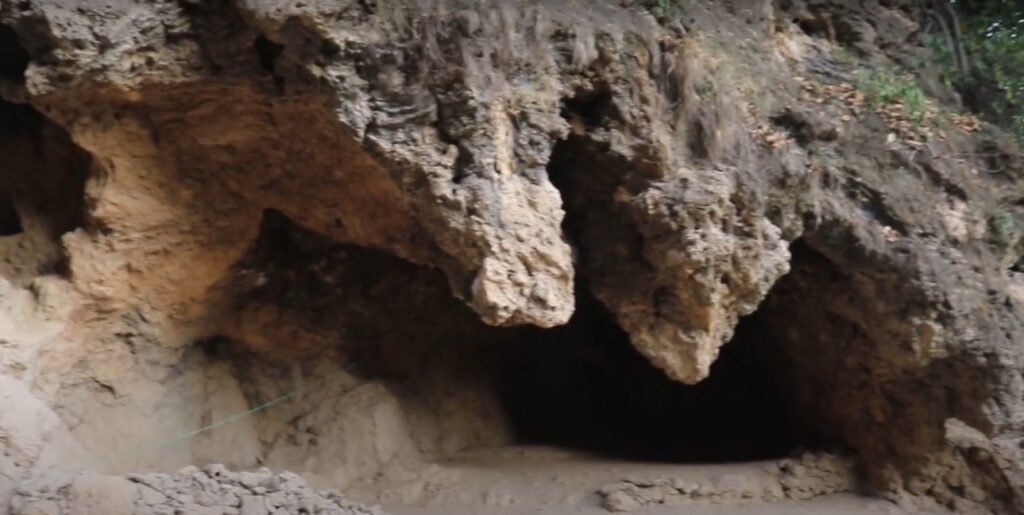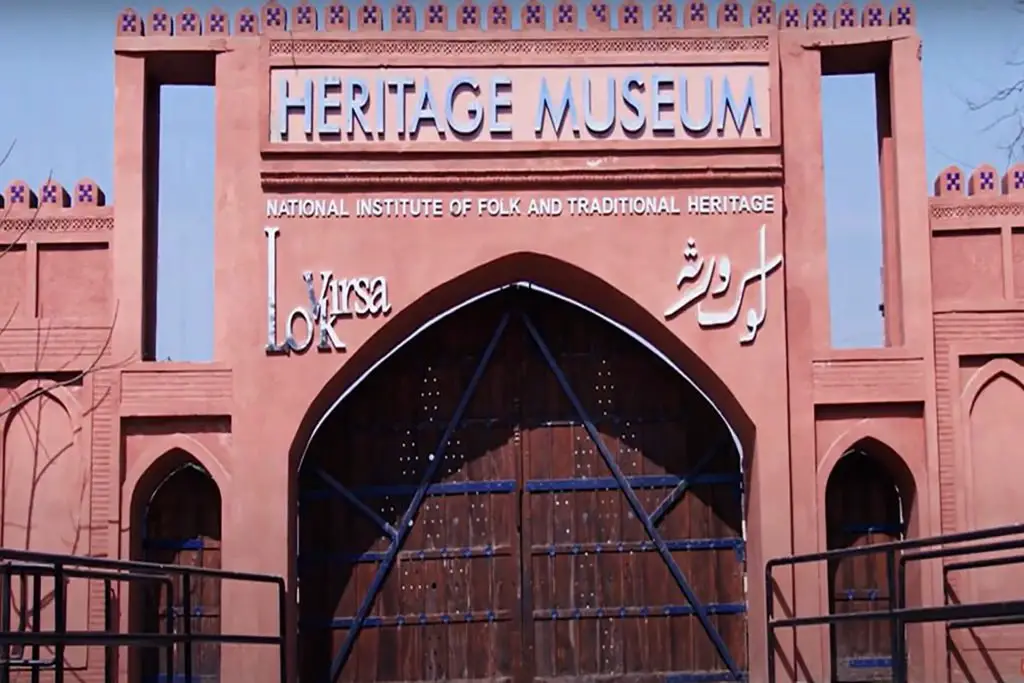Introduction to Bari Imam
Bari Imam, also known as Shah Abdul Latif Kazmi, was a Sufi saint who lived in the 17th century in the region that is now Pakistan. He is widely revered as a spiritual guide and his shrine is a popular destination for pilgrims from across the country.
Bari Imam is a main visiting place for millions of devotees of Silsila Qadria in Islamabad. It is a shrine of Muslim Sufi and saint “Hazrat Shah Abdul Latif” commonly known as “Bari Imam”, “Bari Sarkar”, “Sarkar Bari” or “Imam Bari”.
Sufism is a part of Islamic mysticism which teaches self-control and spiritualism.
Bari Imam Location
The Shrine of Hazrat Bari Sarkar is located in a small village in Islamabad known as Nurpur Shahan also called Imam Bari Sarkar. Nurpur Village is just behind Islamabad’s famous D Chowk and is in the footsteps of lush green Margalla Hills.
It is located at a distance of around 12 Kilometers from Zero Point Islamabad, which is around 22-minute drive. It is located at a distance of around 7 Kilometers from Blue Area, Islamabad, which is around 16-minute drive.
History of Shrine Imam Bari Sarkar
The shrine was initially built by Mughal Emporer Aurangzeb in the 17th Century. It was then renovated in the era of British Rule. Since then the shrine has been renovated in a number of times. It has recently been renovated by the Government of Pakistan.
As a result of recent renovations, the shrine is now more spacious. Hence, the most number of people can be accommodated in the area. There are separate entrances for both male and female devotees.
It is not different from any other shrine in Pakistan or South Asia. And one can witness similar types of activities and atmosphere in the bari shrine also.
The shrine is a magnificent complex that includes several buildings, courtyards, and gardens. The main building of the shrine is adorned with beautiful Islamic calligraphy and intricate tile work and houses the tomb of Bari Imam.
The shrine is visited by thousands of people every year, especially during the annual Urs festival, which commemorates the saint’s death anniversary. The festival is a vibrant celebration of music, poetry, and dance, and attracts people from all walks of life.
Saint of Bari Imam – Shah Abdul Latif Kazmi
Shah Abdul Latif Kazmi was a Muslim saint living in a Village in Modern Islamabad. Shah is also named Bari Sarkar, Sakar Bari, or Imam Bari Sarkar. He was a 17th-century Sufi saint born in 1617 and died in 1705.
He was one of the most famous and popular saints of the Qadiri order or tariqa. Qadri order is derived from the Persian Sufi saint of Abdul Qadir Jillani or Gillani (1077 to 1166).
Shah Abdul Latif Kazmi was born in the small village of Karsal in District Chakwal, Punjab in 1617. His father’s name was Syed Mehmood Shah. His father was a farmer by profession. Shah Abdul Latif used to help his father in some activities like looking after the animals to graze in the fields and forests.
Syed Mehmood Shah along with his family migrated to Baghan Village, now Aabpara Islamabad. At the time Shah Abdul Latif was 8 years old.
It was an Islamic religious family, hence Shah Abdul Latif was sent to another village named Ghourghushti in Attock District renowned for Islamic schools in the area. There he studied fiqh, hadith, and Quran disciplines for 2 years.
Shah Abdul Latif, also visited Iran, Iraq, and Central Asian states in search of more advanced knowledge about Islam. Shah also went on a pilgrimage to the Holy cities of Makkah and Madina to perform Hajj.
After his return to his native country, Shah Abdul Latif rejoined his father to work as a farmer. He used to go to a nearby forest / hilly area to feed his animals. The area was then known as Chourpur.
Chourpur means the area full of thieves. The reason for the name was that the area was known to be Notorious and residents were mainly involved in criminal activities.
Imam Bari delivers the teachings of Islam to them, which is about peace, love, and harmony. The name of the area was then changed to Nurpur or Nurpur Shahan.
Shah Abdul Latif also used to regularly travel to a cave in the Margalla hills for meditation. He used to remain in the cave for several days for meditation and prayers. The area is called Loai Dandi. One can reach Loai Dandi after a tough hike of around 2/3 hours.
It is along a ridge of the hills. There are some shops and food stalls along the trail. It is a long walking trail on Margalla Hill and is a bit difficult. It has 11,000 steps, is 1100 feet high, and is 4.6 miles long.
There are monkeys on the way to Loai Dandi which are often aggressive if someone is carrying food items or fruits in plastic bags.
Teachings of Bari Imam
Bari Imam’s teachings were based on the principles of Islam and Sufism, which emphasize love, compassion, and selflessness. He preached the message of unity and brotherhood and believed in the power of prayer and meditation as a means of connecting with the Divine.
Bari Imam’s spiritual teachings attracted a large number of followers, and he became known for his healing powers and ability to perform miracles. He is said to have cured many people of various ailments and helped them overcome their problems through his spiritual guidance.
Shrine of Imam Bari Sarkar
Devotees and followers of Imam Bari are in millions and are from all across the country. They pay regular visits to the shrine. Specially, during URS or Mela which is around May to June (Jeth) every year.
From morning till night, people came on coming to offer Fatiha at the grave of Bari Sarkar. There is also an arrangement for free food called langar for the visitors. Devotees also used to arrange and participate to provide free food to the devotees. There is also a big bazaar outside the shrine.
Approach to the shrine is the main highway between Murree and Islamabad near Lake View Park.
In conclusion, Bari Imam was a great spiritual leader and his teachings continue to inspire people to this day. His shrine is a testament to his enduring legacy and is a place of great spiritual significance for Muslims in Pakistan and beyond.

